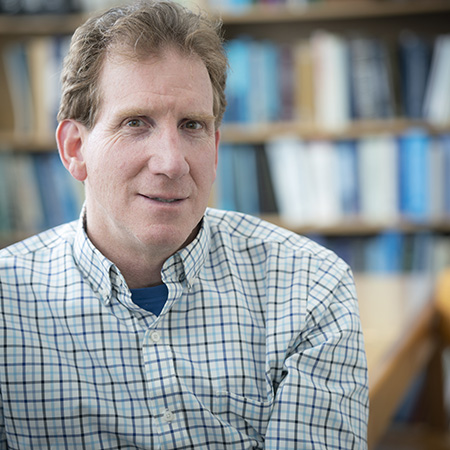Ernest (Chip) Blatchley receives funding from Air Force, DOE for next-generation PPE research

Ernest (Chip) Blatchley, Lee A. Rieth Professor in Environmental Engineering and Professor in Environmental and Ecological Engineering, has received funding from the Air Force Research Laboratory and the Department of Energy as part of a collaboration to develop next-generation personal protective equipment (PPE) that will provide protection against airborne pathogens.
The work is motivated by the facts that current PPE (e.g., masks) is based on technology that has not changed in several decades. Moreover, existing PPE is generally ineffective for inactivation of airborne pathogens; most masks and related PPE are based on physical separation (i.e., filtration), rather than active disinfection. Currently available PPE also tends to be based on ‘single-use’ devices that can represent substantial sources of solid waste, and many people find these devices to be uncomfortable.
The next-generation PPE devices being developed involve ultraviolet (UV) radiation. UV, specifically in the UV-C range, has been demonstrated to be highly effective for inactivation of virtually all airborne pathogens, including the coronaviruses, influenza viruses, the measles virus, and most airborne bacteria. The design objective of the research is to deliver sufficient UV to control airborne pathogens in the immediate vicinity of the user (much like an N95 mask or similar), while limiting human exposure to below the Threshold Limit Values (TLVs) as defined by the American Conference of Governmental & Industrial Hygienists (ACGIH).
